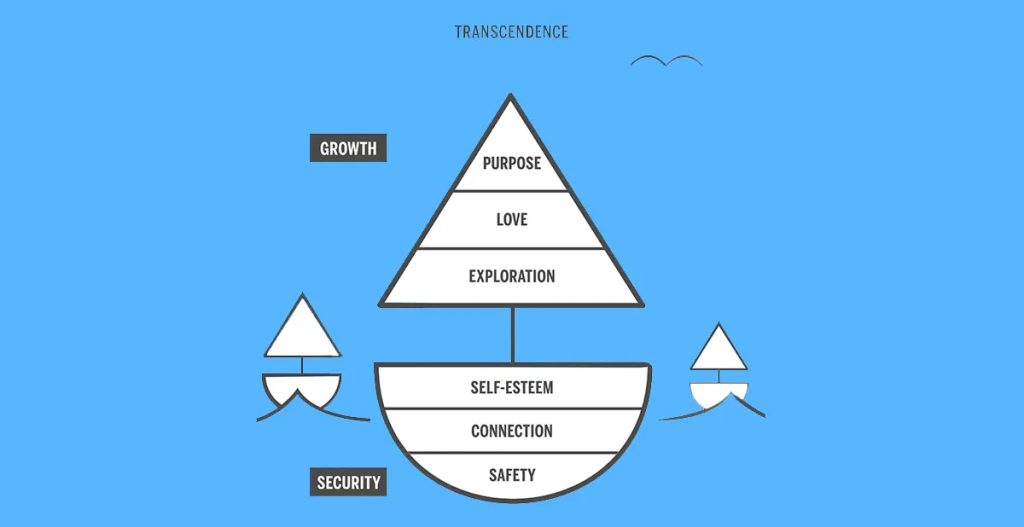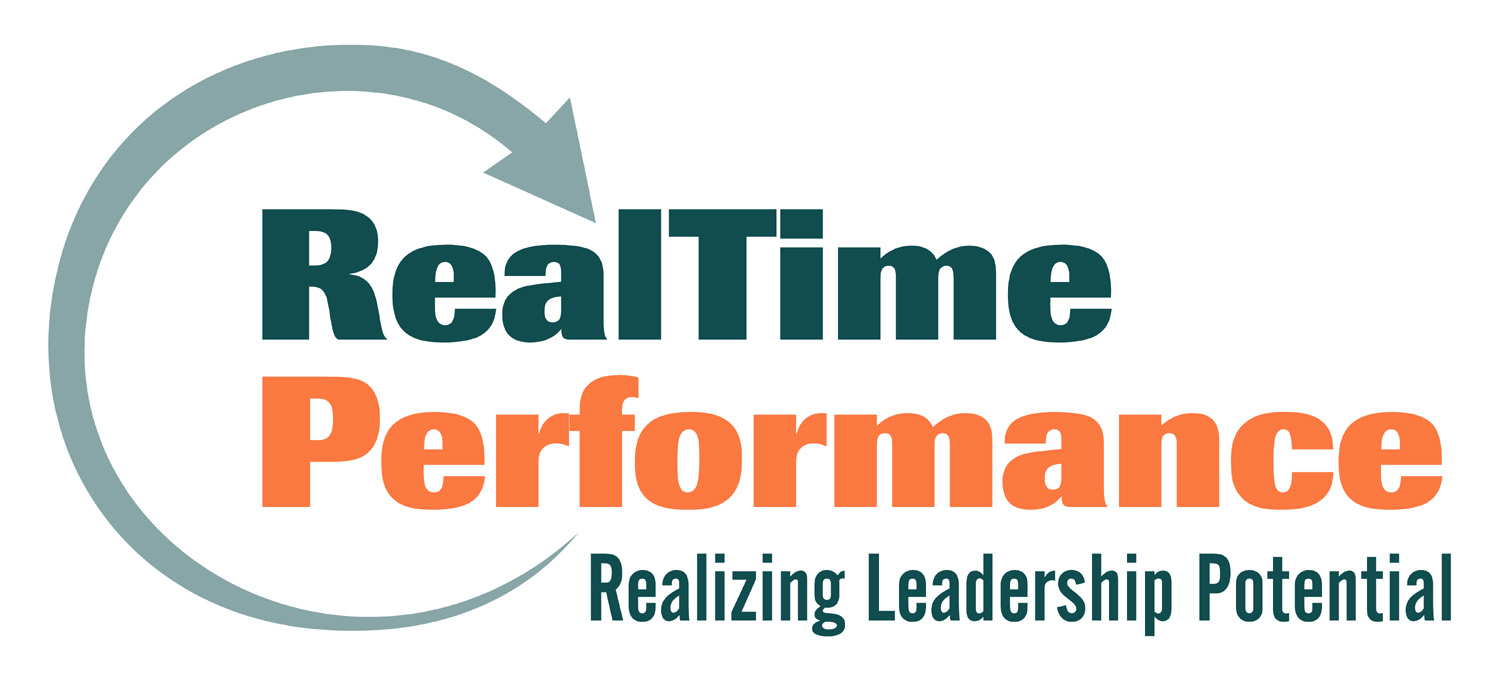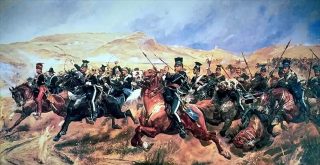Maslow’s theory of human motivation had a huge impact on me when I first learned about it from my father, who was well versed in it as he had a Ph.D. in Educational Psychology. I vividly remember, as a teenager, sitting across from my father at our kitchen table, while he sketched out “Maslow’s Pyramid” on a napkin.
At the bottom of the pyramid were the physiological needs of food, water, shelter and safety. Without access to these essentials we operate in extreme emergency mode since the lack of any one of these can lead to imminent death. Moving up the pyramid were the human needs of love, belonging and then self-esteem, but what really captured my attention was the very tip, where my father inscribed the words: “self-actualization.”
I felt like I had a handle on the other rungs as I climbed up the pyramid, but self-actualization sounded tantalizing and compelling, something I desperately wanted to achieve. I didn’t really know what self-actualization was, but the pyramid conveniently offered me a path up the mountain, step by step.
There is only one problem with using the pyramid to represent Maslow’s theory: Maslow himself never used a pyramid to represent his theory. Scott Barry Kaufman, author of the book Transcend: The New Science of Self-Actualization, researched Maslow’s writings and was surprised by what he didn’t find:
“I looked through a lot of his writings, and he never actually drew a pyramid to represent his hierarchy of needs. It was management journals that ended up doing that. He was very clear that human development is a constant developmental process where we move two steps forward, and then we fall back a step.”
– Scott Barry Kaufman
Kaufman’s discovery was startling because the pyramid has been so closely associated with Maslow’s theory. Although the pyramid provides a convenient way to remember the model, unfortunately, it doesn’t represent the richness of Maslow’s theory, as Kaufman explains:
“The familiar pyramid shape suggests that once we complete each step, we’re done dealing with that need forever. As if life were a video game, and once we complete each level, we unlock the next, with no looking back. It’s an appealing concept. It’s also a gross misrepresentation of the humanistic vision that propelled Maslow’s work.”
– Scott Barry Kaufman
The Sailboat Metaphor
And now that I have more experience in life, Maslow’s original intention of presenting the needs as interconnected and non-linear, makes so much more sense. One aspect of the pyramid that always confused me is the idea it conveys that one can cross-over, almost effortlessly, into self-actualization by simply making that final step beyond self-esteem. Once we master food, shelter, safety, belonging and self-esteem if feels like we’re 90% of the way there, when in reality, the gap between self-actualization and all the others, might be better represented, as Kaufman suggests, by a vast ocean of uncharted water.
One element of life that is missing when we use the pyramid metaphor is the idea of movement. Life is about movement and change. As humans, we are constantly evolving and growing. Our principles and values are more fixed, but self-actualization is something we move toward, as we navigate the constant ebb and flow that defines our life.
To capture this idea of movement, Kaufman proposes a new metaphor – a sailboat:
Life isn’t a trek up a summit. It’s more like a vast ocean, full of new opportunities for meaning and discovery but also danger and uncertainty. In this choppy surf, a pyramid is of little use. What we really need is something more flexible and functional: a sailboat.”
– Scott Barry Kaufman

In this image, the three elements of safety, connection and self-esteem form the hull of the boat. If there is a “hole” in any of these psychological needs, we take on water and we can’t go anywhere. Taken together, satisfying these three human needs provides security and protect us from the harsh elements of life, just like the hull of a boat. Kaufman continues:
“But security’s not enough or else it won’t go anywhere. It also needs growth—it needs to open a sail and go in a direction, usually a purposeful direction, even with the unknown of the sea crashing against it.”
– Scott Barry Kaufman
Once safety, connection and self-esteem are in place, we can hoist our sail, which consists of exploration, love and purpose. The sail is what allows us to grow and propels us forward:
“Ultimately, in order to grow, we need to open up our sail and be vulnerable against the inevitable winds and waves of life…To grow is to continually, day after day, move toward the best of what humanity is capable of. Growth is a direction, not a destination.”
– Scott Barry Kaufman
Embodying Maslow’s theory of human motivation in the metaphor of a sailboat captures the important role that growth and learning play in our lives. We explore the unknown as we chart a path toward self-actualization.
The sailboat metaphor is so much more thrilling and dynamic than the pyramid metaphor, conjuring up images of exploration and discovery, but if we’re not clear about what the ultimate goal is, the four winds will blow us in circles.
Self-Actualization
So that begs the question, what exactly is self-actualization?
Maslow described it as a becoming the best, most fully developed version of ourselves:
“A musician must make music, an artist must paint, a poet must write, if he is to be ultimately at peace with himself. What a man can be, he must be. This need we may call self-actualization. . . . This tendency might be phrased as the desire to become more and more what one is, to become everything that one is capable of becoming.”
– Abraham Maslow
Aristotle famously wrote that human flourishing is an activity of the human soul in accordance with excellence and virtue. I believe Aristotle’s human flourishing is complimentary, if not equal, to Maslow’s “self-actualization.” In other words, we achieve self-actualization by doing the work or activity that lifts our soul, and allows us to reach our full potential.
For leaders, Kaufman’s sailboat is a valuable metaphor on two levels. To become the best leader we can become requires that we chart a path in life that leads toward self-actualization. We all know people who are going through the motions of their work or profession, just putting in their time and collecting a paycheck. If you’re not passionate and ignited by what you do, you can still be a highly effective leader, but you’ll never be a truly great leader and you’ll fall short, in at least some ways, toward achieving your full potential.
The second way leaders can apply Kaufman’s sailboat is applying it like a lens through which we view the people and organizations we lead. Our job is to help people hoist their sail and move toward their own self-actualization. Remember, the sail consists of exploration, love and purpose, three elements we can help others develop within themselves. Through mentorship, coaching, parenting and friendship, part of our duty as leaders is to bring out the best in others.
And finally, we can take Kaufman’s sailboat and apply it to organizations. Our job as leaders is to both protect our organization from harm by ensuring safety, fostering connection and building a sort of “organizational self-esteem.” And, we can chart a path for growth and exploration by defining and tapping into our organization’s deep purpose or mission.
Related Articles by Sean Murray
- Maximize the Gift
- Finding Your Personal Vision
- Steve Jobs Most Important Decision Making Tip
- Action this Day: How Winston Churchill Got Things Done
- Benjamin Franklin: 10 Lessons on Wisdom
- Viktor Frankl: 5 Lessons from Man’s Search for Meaning
- Ulysses S. Grant: 12 Leadership Lessons
- Lewis & Clark: 5 Leadership Lessons
- Google: 8 Most Important Qualities of Leadership
- Phil Knight: 7 Leadership Lessons from Nike
About the Author
Sean P. Murray is an author, speaker and consultant in the areas of leadership development and talent management. Learn more at RealTime Performance. He also hosts The Good Life Podcast where he interviews people on business leadership and leading a good life.
Follow Me on Twitter: @seanpmurray111


